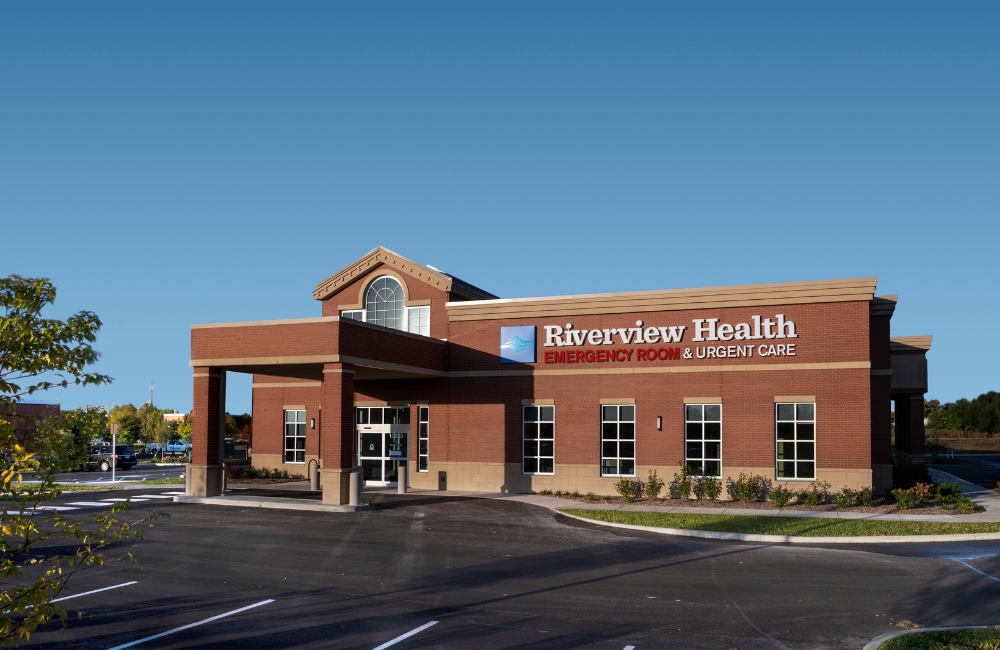With the temperature and humidity rising outside, families planning outdoor activities will need to keep a close eye on each other to ensure they’re not overheating. Too much exposure to heat can develop into a serious condition called heat exhaustion. It can potentially be dangerous if it’s misidentified, as some of its symptoms come off as being tired or lethargic.
But how can you tell whether you or a loved one is suffering from heat exhaustion?
Causes of heat exhaustion
Heat exhaustion is an illness that typically occurs whenever one is exposed to high heat, such as the sun, for an extended period. While sweat is usually how the body cools itself, being outside when it’s hot or hot and humid limits the internal processes the body uses to self-regulate its temperature. The body’s failure to get rid of extra heat leads to a rise in its internal temperature, which is how heat exhaustion develops.
Heat exhaustion may not occur in one day. Sometimes, it takes a couple of days of exposure to high temperatures to affect your body.
Dehydration can also contribute to heat exhaustion, so it’s essential to stay hydrated whenever you know you’re going to be exposed to high temperatures for an extended period. A lack of water dramatically increases the risk of heat exhaustion and sunstroke. Children and older people are especially susceptible to heat exhaustion.
Symptoms of heat exhaustion
To understand heat exhaustion, it’s important to recognize its signs and symptoms, especially as the condition can be confused with heat stress or heatstroke. While they are all typically caused by too much exposure to heat, the differences are in their severity.
Heat stress is when the body can no longer regulate its temperature from prolonged sun exposure and high humidity. Stepping into the shade and drinking water can reduce easily recognizable symptoms such as dry mouth, skin temperature and dehydration.
But heat exhaustion is a step up from heat stress. Some common symptoms include muscle cramps, nausea and tiredness and weakness. Additionally, there are a few unique symptoms of heat exhaustion that differentiate it from heat stress, including:
- Heavy sweating
- Fast and weak pulse
- Cold, pale and clammy skin
- A temperature below 104 degrees
Heatstroke is like heat exhaustion, but the symptoms increase can be considered life-threatening. The body cannot cool down on its own; the body’s core temperature rises above 104 degrees, and you may suffer from nausea, confusion, loss of consciousness and more.
Suppose you, a friend or a family member develops any of the above indicators of heat exhaustion. In that case, you should immediately move to a cooler area, remove excess clothing and drink water to prevent the sickness from developing further. Heat exhaustion is not life-threatening, but if you delay treatment too long, it has the potential to develop into heatstroke.
Riverview Health Emergency Room & Urgent Care has five convenient locations:

- Riverview Health Emergency Room & Urgent Care Carmel is located at 14585 Hazel Dell Pkwy., Carmel, IN 46033 and may be reached at 317.406.4280.
- Riverview Health Emergency Room & Urgent Care Fishers is located at 9690 E. 116th St., Fishers, IN 46037 and may be reached at 317.406.4585.
- Riverview Health Emergency Room & Urgent Care West Carmel/Zionsville is located at 10830 N. Michigan Rd., Zionsville, IN 46077 and may be reached at 317.406.4713.
- Riverview Health Westfield Hospital is located at 17600 Shamrock Blvd, Westfield, IN 46074 and may be reached at 317.214.5555.
- Riverview Health Noblesville Hospital is located at 395 Westfield Road, Noblesville, IN 46060.




